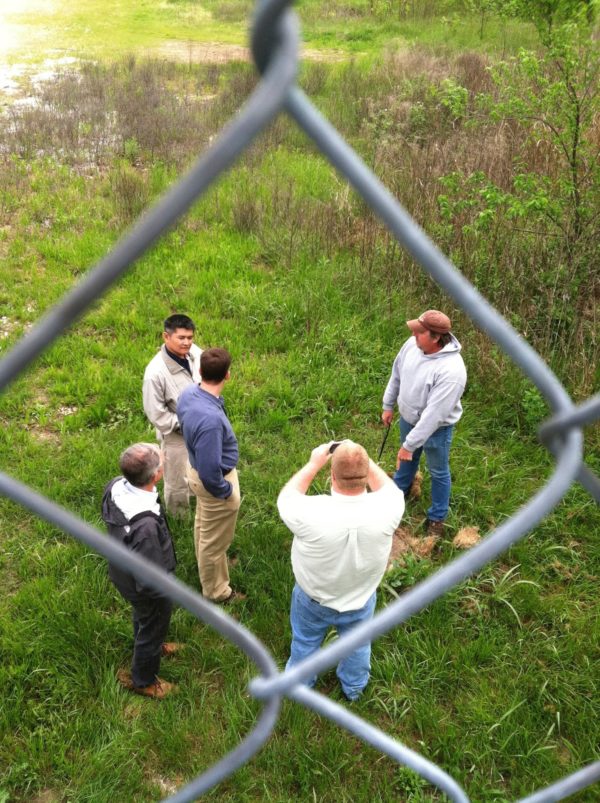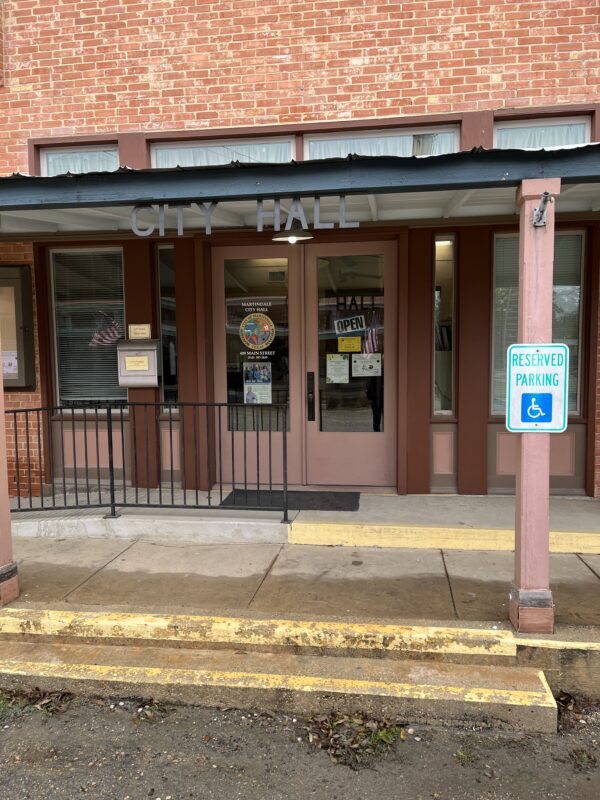Plan to Maintain, Plan to Sustain

Is your community effectively operating profitable and sustainable water and sewer systems, or are you simply getting by? With our communities’ ever-changing dynamics, our rural drinking water and wastewater systems will need to implement new administrative strategies and management tools to adapt to the increased regulatory requirements and environmental complexities they face daily and into the future. As responsible community leaders, we must allow the systems to operate using a “business model” for long-term sustainability. Sustainability will help address new and stricter regulatory requirements, changing populations, increased service demands, limited water supplies, a highly variable climate, aging infrastructure, and limited state and federal funding.
Cost estimates for water and wastewater system needs in the rural U.S. total billions of dollars nationwide. The existing state and federal funding sources can only meet a fraction of this need, even with the new influx of infrastructure dollars through the Bipartisan Infrastructure Law (BIL). Therefore, approaches to reducing the gap between what is needed and what funds are available will need to be adopted. In addition, funders want assurance their investments in water and wastewater infrastructure will be adequately managed and maintained to ensure long-term sustainability and security. This assurance will require water and wastewater systems to present convincing evidence that they possess adequate financial, technical, and managerial capacity to maintain/sustain the infrastructure necessary to provide the service their customers expect. State and Federal funds only cover the cost of capital outlays, but not ongoing operation and maintenance over time. In addition, the new or upgraded system must remain in full compliance with the Safe Drinking Water Act (SDWA) or the Clean Water Act (CWA), and any additional state or local regulations.
It is recommended that systems adopt a “business model” for managing the delivery of services. This plan should include:
- A five-year financial plan with a fully allocated rate structure;
- An asset management plan;
- A water accounting system with full metering;
- Full compliance with the Safe Drinking Water Act (SDWA) or the Clean Water Act (CWA), and your state primacy/regulatory agency requirements ;
- A governance structure adequate for proper management and oversight; and
- Participation in regional efforts to collaborate on long-term solutions.
A financial plan has two components: a forecast of the utility’s future financial needs (such as operating and capital needs) and an identification of how to fund those future financial needs.
A Capital Improvements Plan (CIP) is a written document that specifies and satisfies the following questions and is typically based on a utility’s asset management program:
- What facility improvements will be needed in the future?
- When will the improvements be needed, and when will they be undertaken?
- How much will the improvements cost?
- What financing options are available for the improvements?
A CIP is a multi-year planning document that identifies capital improvement needs and is usually done in 5-, 10- and even 20-year increments. This will help your utility’s board and management make informed decisions about rate setting, future debt-service requirements, and future revenue requirements. In preparing a CIP, there are several things to consider:
- Will current facilities reach their design capacity soon?
- What new equipment, services, or facilities are needed to meet the demand of your customers?
- What current system components will require significant repair, rehabilitation, or replacement?
- Will failure to upgrade existing facilities result in regulatory violations or enforcement actions?
- What are the most critical improvement needs, and what is the urgency of meeting those needs?
- What benefits do the improvements provide to the system and its customers?
- What are the available options for financing the improvements?
- Can regular resources of the systems fully fund future capital projects, and which projects will require outside financing?
- How do financing options for improvements relate to the annual budgeting process?
Use the assistance of a consulting engineer to prepare cost estimates for major capital improvement projects that the community will need in the future.
RCAP and Midwest Assistance Program, Inc. (MAP), RCAP’s regional partner, assists communities by being a resource to help plan, prepare, and execute a comprehensive strategy to sustain your community’s system(s) now and into the future. To be a good steward of your infrastructure, technical, managerial, and financial responsibilities are interconnected – one cannot be sustainable without the other. As a community leader, you need to enable the community to “look around corners” to identify potential expenses and maintenance to their systems and provide a fair and equitable rate structure for the community to “invest” in the future of your most valuable resource.
RCAP’s Managerial and Financial Hub has resources on management, rate setting, applying for infrastructure funds, and regionalization.
REFERENCES
- A Guidebook of Financial Tools. USEPA, Environmental Finance Program.
- The Basics of Financial Management for Small-communities Utilities. RCAP Rural Communities Assistance Partnership.
- Small System Guide to Developing and Setting Water Rates, Rural Community Assistance Program, Inc.
- Rate Setting and Capacity Development, the Environmental Finance Center at the University of Maryland.



